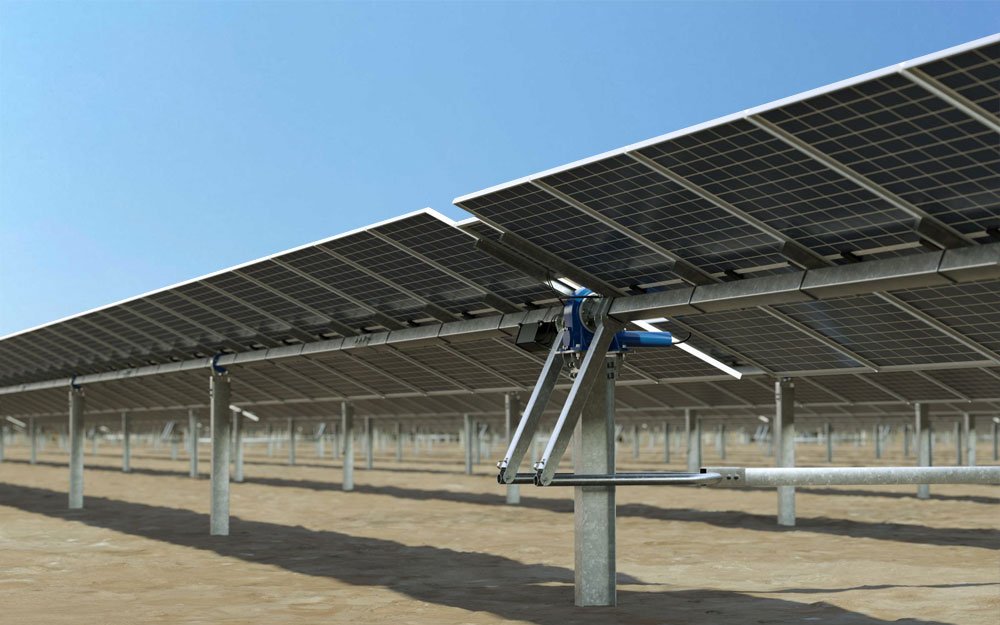Solar panel testing and certifications Like other types of electronics, solar panel modules go through rigorous testing before installation. These tests are critical to determining the quality and performance of panels under particular environmental stresses, as well as confirming they meet mandated safety requirements. In this article, we’ll review the most common testing and certifications for solar […]








